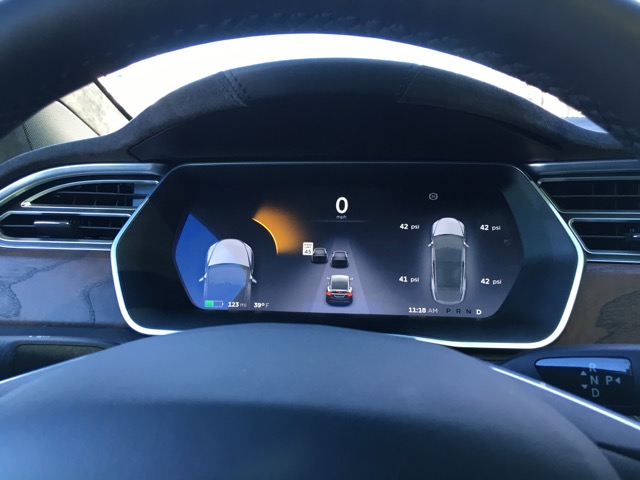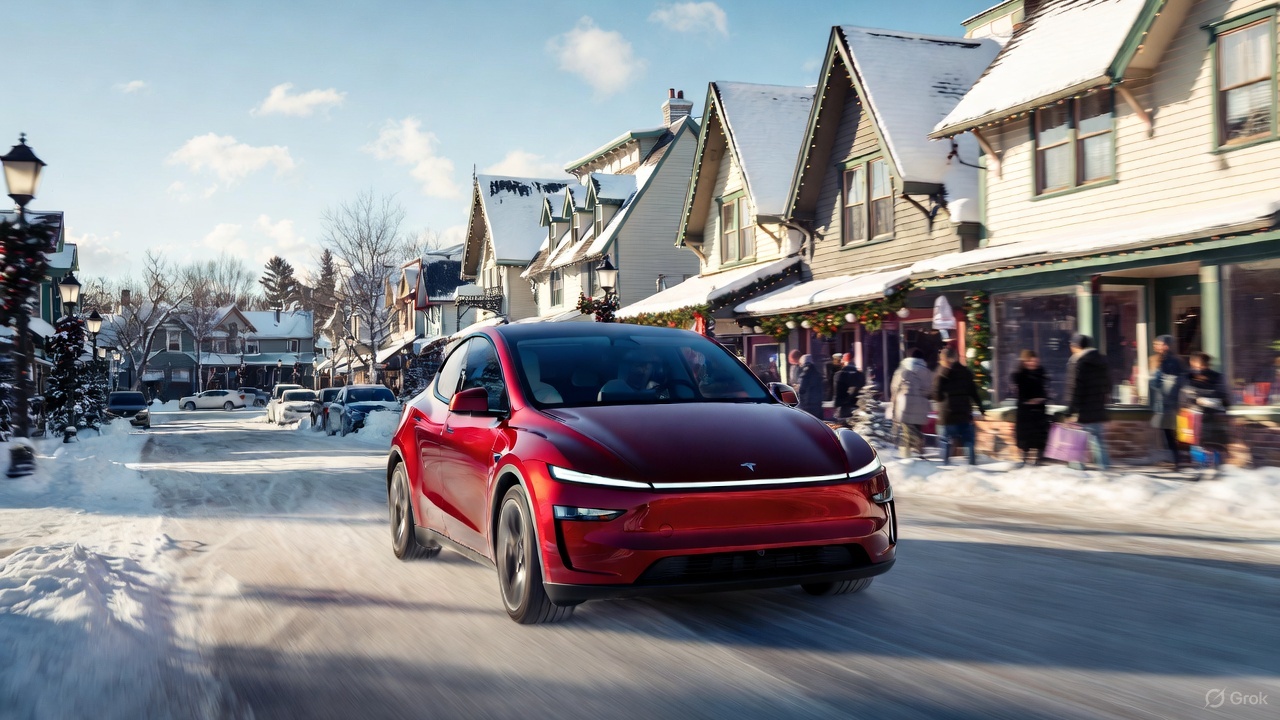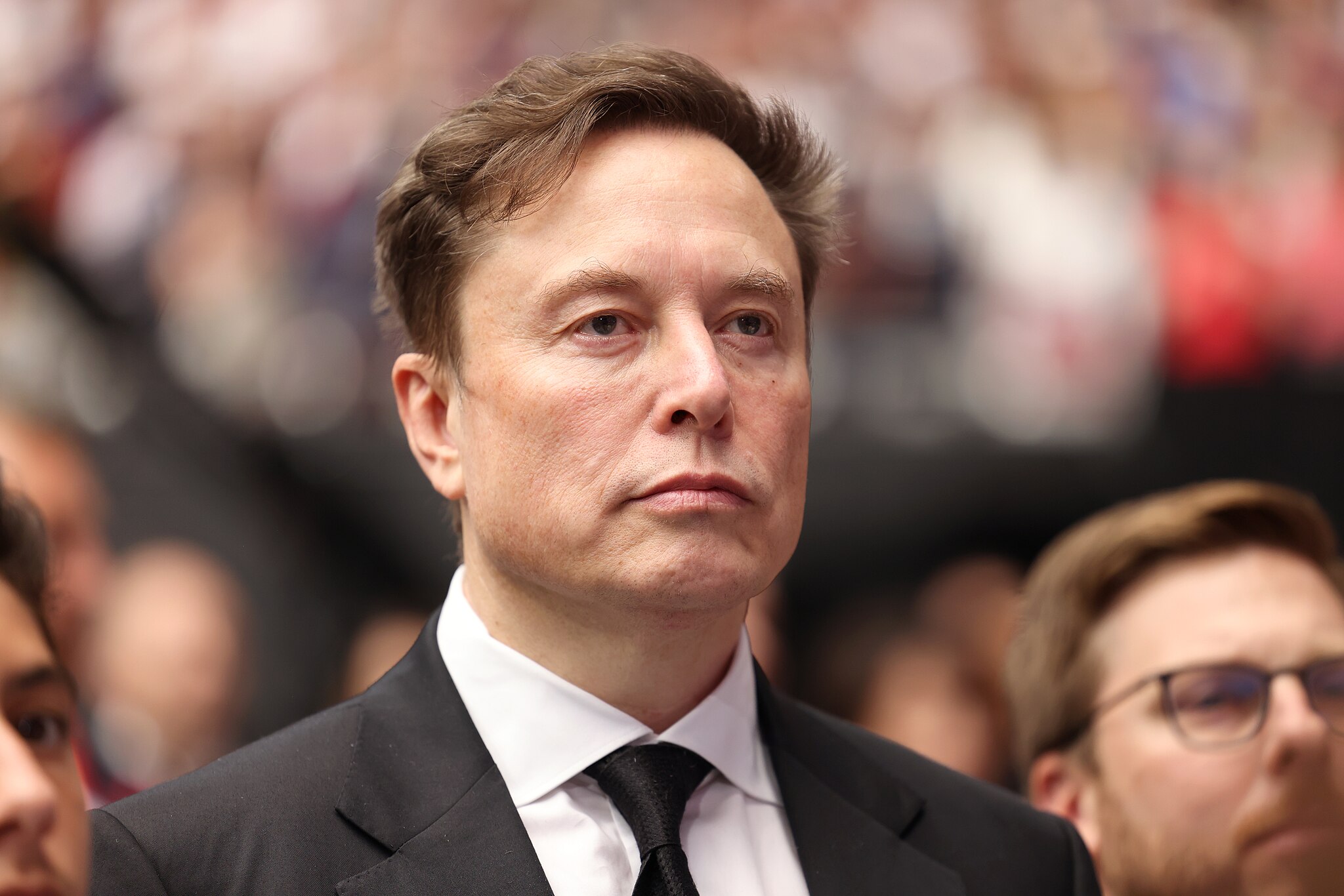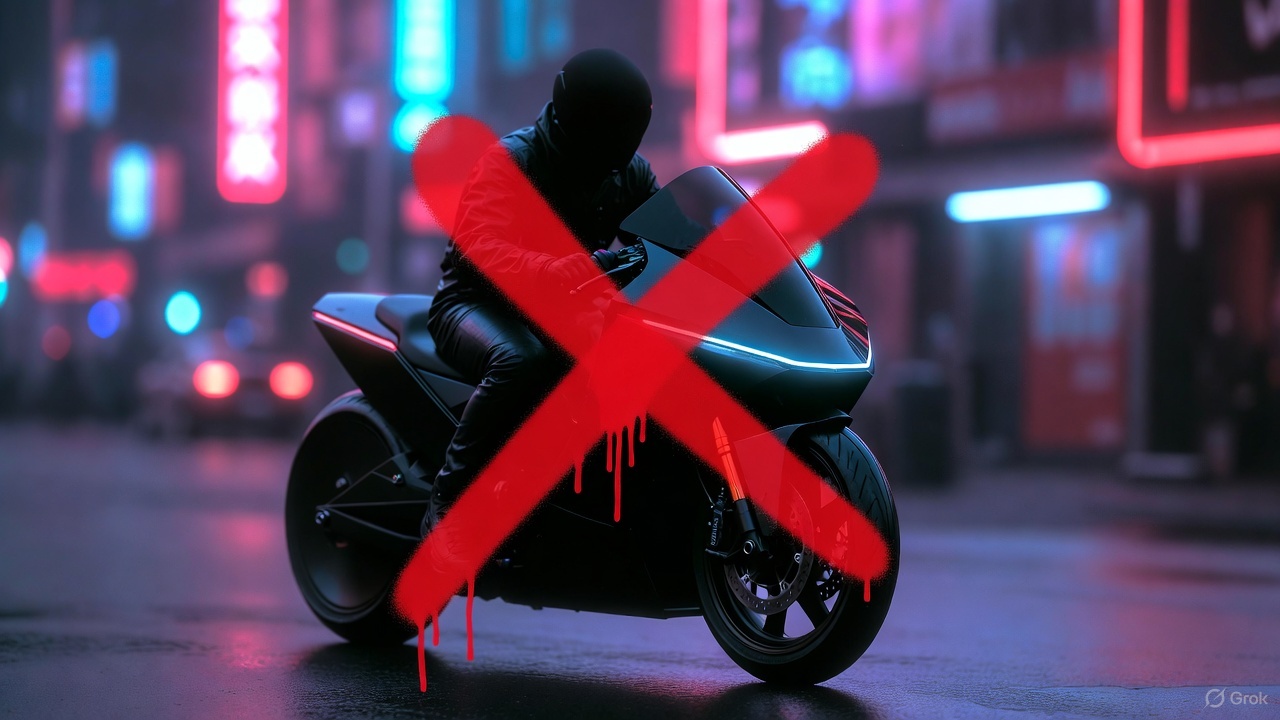News
Tesla asked by NHTSA to furnish Autopilot data logs [Updated]

The National Highway Transportation Safety Administration has sent Tesla Motors a 9 page letter asking for specifics about any modifications to the Autopilot system including software changes that Tesla has made since Autopilot was first rolled out in the fall of 2015.
Updated: We received a copy of the 9-page letter sent by the NHTSA to Tesla outlining details on the type of information Tesla must hand over.
At issue is how the system detects and reacts to cross traffic. The probe is related specifically to the crash that killed Joshua Brown on a Florida highway on May 7. His car was operating on Autopilot when it struck the side of a tractor trailer that was crossing the road in front of it. Tesla says the cameras on Brown’s Model S failed to distinguish the white side of the tractor trailer from a brightly lit sky. As a result, the car did not brake automatically.
According to ABC News, the letter is asking for information about how Autopilot reacts when proceeding through intersections where there is cross traffic. Its request also asks the company to describe how the system determines if the input from cameras and other sensors is “compromised or degraded” in any way, and how the problems are communicated to the driver.
Lastly, the NHTSA has given Tesla an August 26 deadline to turnover details of all known crashes, consumer complaints, and lawsuits filed or settled because the Autopilot system didn’t brake as expected. Agency spokesperson Bryan Thomas says the information requested is a routine part of an investigation and the agency has not yet determined whether Autopilot constitutes a safety risk.
Elon Musk told the Wall Street Journal on Tuesday that Tesla has no plans to disable its Autopilot feature in the wake of the fatal crash in Florida. Musk responded by saying that the company is planning an explanatory blog post to educate customers on how Autopilot works. “A lot of people don’t understand what it is and how you turn it on,” he said. Musk is a fierce supporter of the Autopilot system and claims it has already proven to be safer than a human driver.
All of this comes as more details are emerging about a crash in Montana involving a Model X that reportedly veered off a country road. The driver told the Montana state police he had initiated Autopilot, but Tesla says the vehicle log shows only auto steer was activated. The car’s computer detected no force on the steering wheel for more than two minutes. If there’s no force on the wheel or a sharp turn is detected, the vehicle is programmed to gradually reduce speed, stop, and turn on the emergency lights, Tesla said in a statement.
The company said the Model X alerted the driver to put his hands on the wheel, but he didn’t do it. “As road conditions became increasingly uncertain, the vehicle again alerted the driver to put his hands on the wheel. He did not do so and shortly thereafter the vehicle collided with a post on the edge of the roadway,” the statement said. It isn’t clear whether the Model X had made a decision to stop at the time of the crash.
The car traveled around a right hand curve, then went off the road. It traveled about 200 feet on the narrow shoulder, taking out 13 posts, said trooper Jade Shope. No citation was issued to the drivers because the trooper believed any citation would be void if the car was operating on Autopilot as claimed by the driver. That is a fairly curious position for a law enforcement officer to take, since there is no way for authorities to determine at the scene of an accident whether Autopilot actually was or was not activated.
The National Transportation Safety Board has also opened an investigation of the Florida crash. It is entirely possible that some new regulations regarding autonomous driving systems in general will result from the combined NHTSA/NTSB review.

News
Tesla’s new Holiday perk is timed perfectly to make FSD a household name
Tesla AI4 owners get FSD (Supervised) through Christmas, New Year’s Eve and well into the post-holiday travel season.

Tesla quietly rolled out a free Full Self-Driving (Supervised) trial for roughly 1.5 million HW4 owners in North America who never bought the package, and the timing could very well be genius.
As it turns out, the trial doesn’t end after 30 days. Instead, it expires January 8, 2026, meaning owners get FSD (Supervised) through Christmas, New Year’s Eve and well into the post-holiday travel season. This extended window positions the feature for maximum word-of-mouth exposure.
A clever holiday gift
Tesla watcher Sawyer Merritt first spotted the detail after multiple owners shared screenshots showing the trial expiring on January 8. He confirmed with affected users that none had active FSD subscriptions before the rollout. He also observed that Tesla never called the promotion a “30-day trial,” as the in-car message simply reads “You’re Getting FSD (Supervised) For the Holidays,” which technically runs until after the new year.
The roughly 40-day period covers peak family travel and gatherings, giving owners ample opportunity to showcase the latest FSD V14’s capabilities on highway trips, crowded parking lots and neighborhood drives. With relatives riding along, hands-off highway driving and automatic lane changes could become instant conversation starters.
Rave reviews for FSD V14 highlight demo potential
FSD has been receiving positive reviews from users as of late. Following the release of FSD v14.2.1, numerous owners praised the update for its smoothness and reliability. Tesla owner @LactoseLunatic called it a “huge leap forward from version 14.1.4,” praising extreme smoothness, snappy lane changes and assertive yet safe behavior that allows relaxed monitoring.
Another Tesla owner, @DevinOlsenn, drove 600 km without disengagements, noting his wife now defaults to FSD for daily use due to its refined feel. Sawyer Merritt also tested FSD V14.2.1 in snow on unplowed New Hampshire roads, and the system stayed extra cautious without hesitation. Longtime FSD tester Chuck Cook highlighted improved sign recognition in school zones, showing better dynamic awareness. These reports of fewer interventions and a more “sentient” drive could turn family passengers into advocates, fueling subscriptions come January.
Elon Musk
Elon Musk predicts AI and robotics could make work “optional” within 20 years
Speaking on entrepreneur Nikhil Kamath’s podcast, Musk predicted that machines will soon handle most forms of labor, leaving humans to work only if they choose to.

Elon Musk stated that rapid advances in artificial intelligence and robotics could make traditional work unnecessary within two decades.
Speaking on entrepreneur Nikhil Kamath’s podcast, Musk predicted that machines will soon handle most forms of labor, leaving humans to work only if they choose to.
Work as a “hobby”
During the discussion, Musk said the accelerating capability of AI systems and general-purpose robots will eventually cover all essential tasks, making human labor a choice rather than an economic requirement. “In less than 20 years, working will be optional. Working at all will be optional. Like a hobby,” Musk said.
When Kamath asked whether this future is driven by massive productivity growth, Musk agreed, noting that people will still be free to work if they enjoy the routine or the challenge. He compared future employment to home gardening, as it is something people can still do for personal satisfaction even if buying food from a store is far easier.
“Optional” work in the future
Elon Musk acknowledged the boldness of his claim and joked that people might look back in 20 years and say he was wrong. That being said, the CEO noted that such a scenario could even happen sooner than his prediction, at least if one were to consider the pace of the advancements in AI and robotics.
“Obviously people can play this back in 20 years and say, ‘Look, Elon made this ridiculous prediction and it’s not true,’ but I think it will turn out to be true, that in less than 20 years, maybe even as little as ten or 15 years, the advancements in AI and robotics will bring us to the point where working is optional,” Musk said.
Elon Musk’s comments echo his previous sentiments at Tesla’s 2025 Annual Shareholder Meeting, where he noted that Optimus could ultimately eliminate poverty. He also noted that robots like Optimus could eventually provide people worldwide with the best medical care.
Elon Musk
Elon Musk reiterates why Tesla will never make an electric motorcycle
Tesla CEO Elon Musk preemptively shut down speculations about a Tesla road bike once more.

Tesla CEO Elon Musk preemptively shut down speculations about a Tesla road bike once more, highlighting that the electric vehicle maker has no plans to enter the electric motorcycle market.
Musk posted his clarification in a post on X.
Musk’s reply to a fun AI video
X user @Moandbhr posted an AI video featuring the Tesla CEO on the social media platform, captioning it with “Mr. Elon Musk Just Revealed the Game-Changing Tesla Motorcycle.” The short clip depicted Musk approaching a sleek, single-wheeled vehicle, stepping onto it, and gliding off into the distance amid cheers. The fun video received a lot of traction on X, gaining 3.1 million views as of writing.
Musk replied to the post, stating that a Tesla motorcycle is not going to happen. “Never happening, as we can’t make motorcycles safe. For Community Notes, my near death experience was on a road bike. Dirt bikes are safe if you ride carefully, as you can’t be smashed by a truck,” Musk wrote in his reply.
Musk’s Past Comments on Two-Wheelers
Musk also detailed his reservations about motorcycles in a December 2019 X post while responding to questions about Tesla’s potential ATV. At the time, he responded positively to an electric ATV, though he also opposed the idea of a Tesla road-going motorcycle. Musk did state that electric dirt bikes might be cool, since they do not operate in areas where large vehicles like Class 8 trucks are present.
“Electric dirt bikes would be cool too. We won’t do road bikes, as too dangerous. I was hit by a truck & almost died on one when I was 17,” Musk wrote in his post.
Considering Musk’s comments about dirt bikes, however, perhaps Tesla would eventually offer a road bike as a recreational vehicle. Such a two-wheeler would be a good fit for the Cybertruck, as well as future products like the Robovan, which could be converted into an RV.









